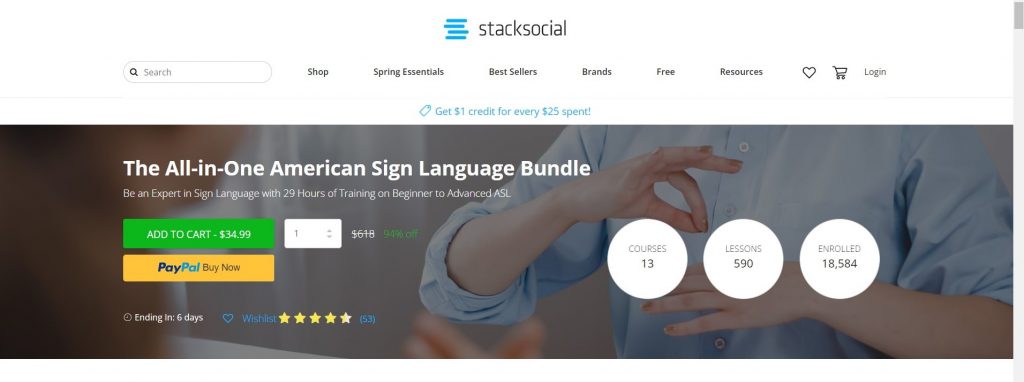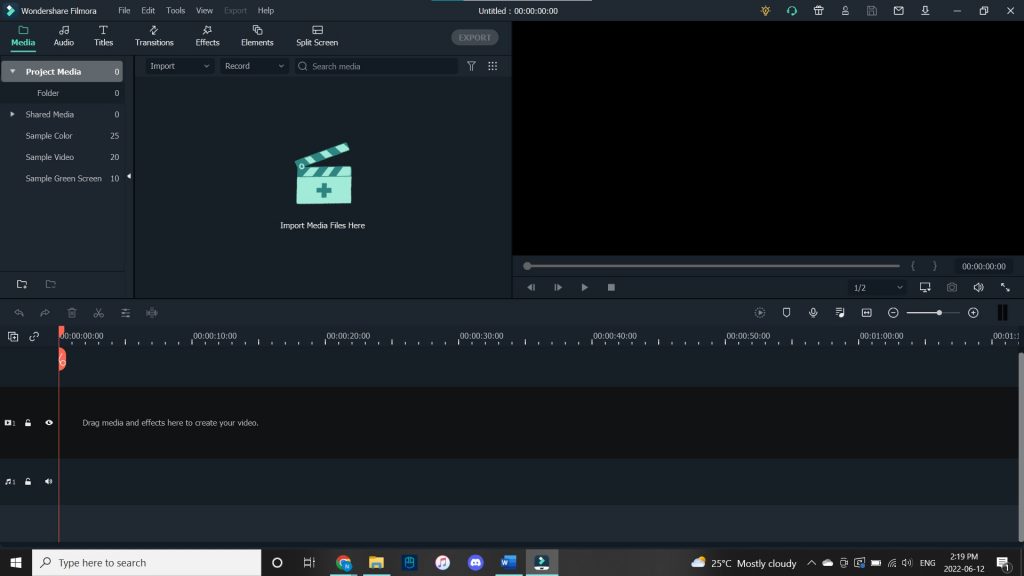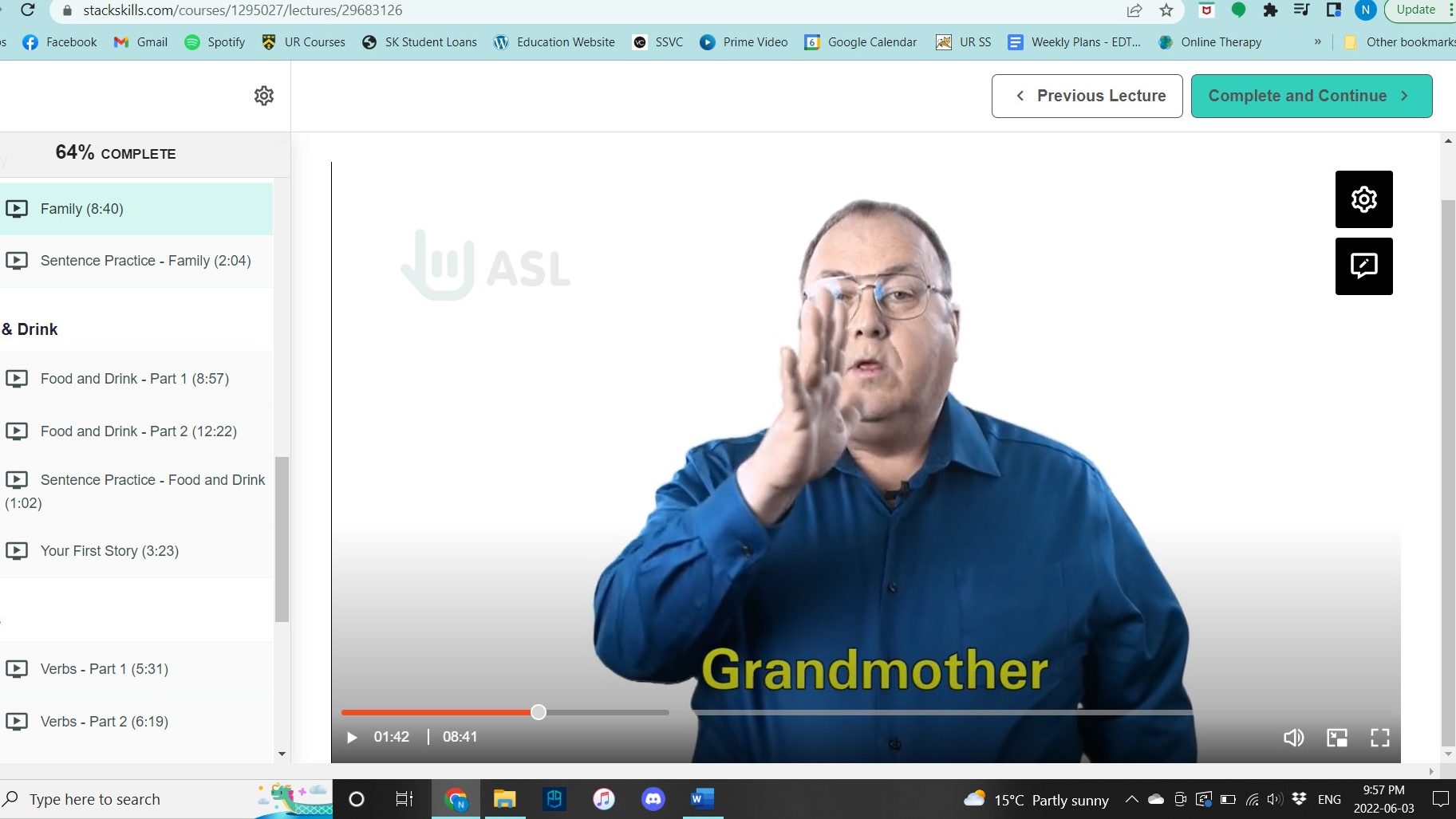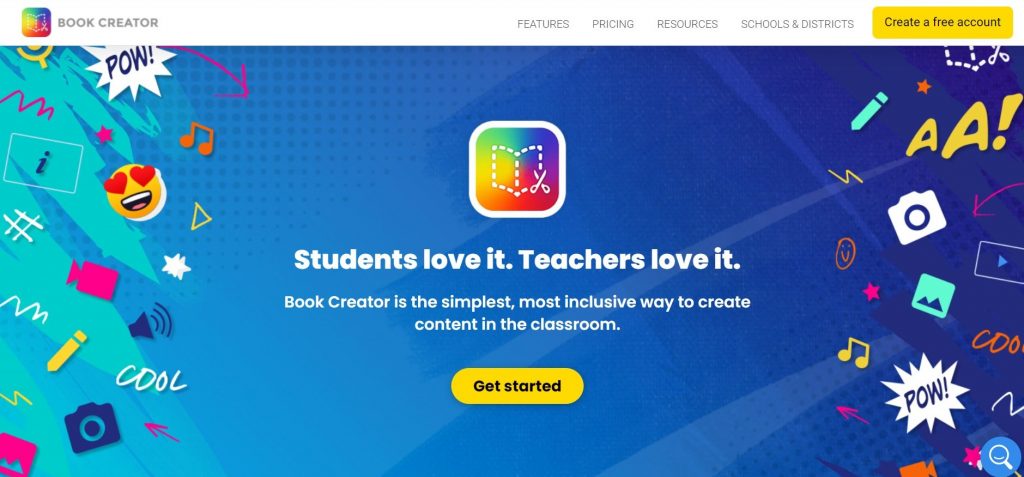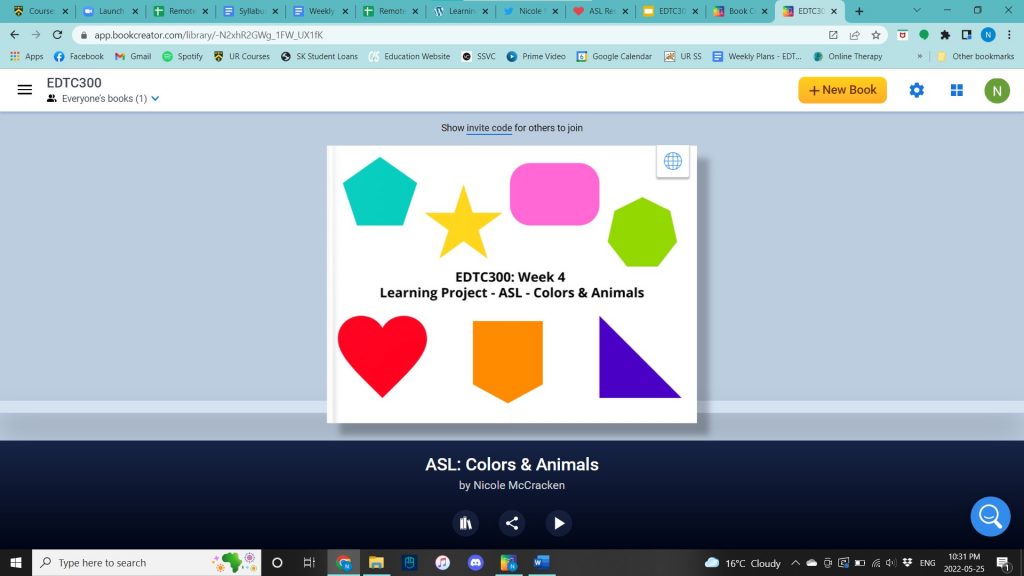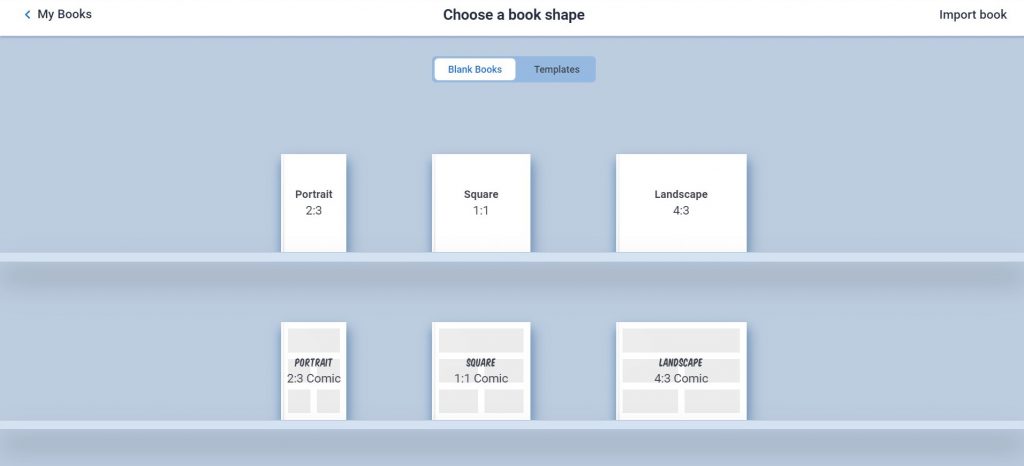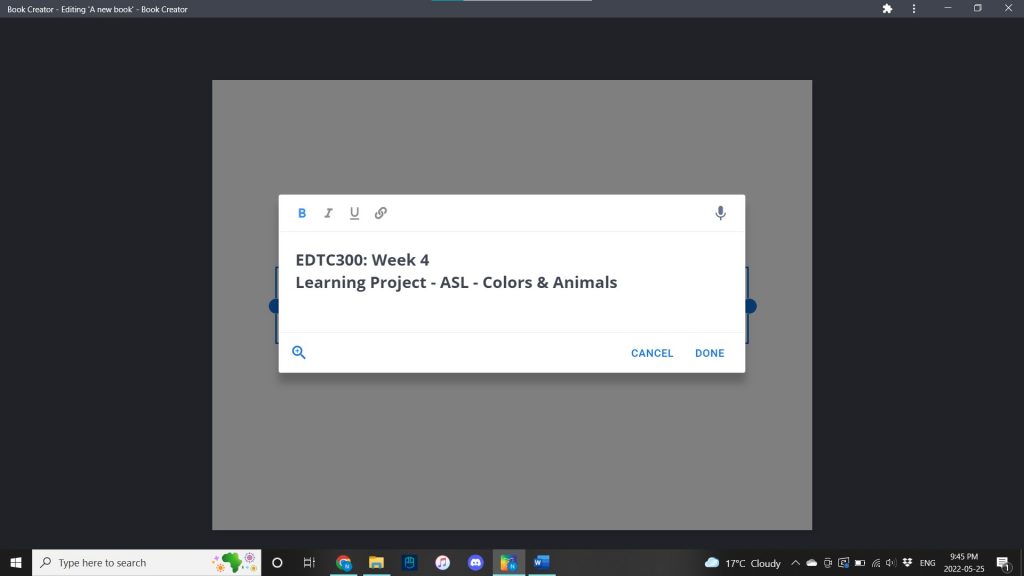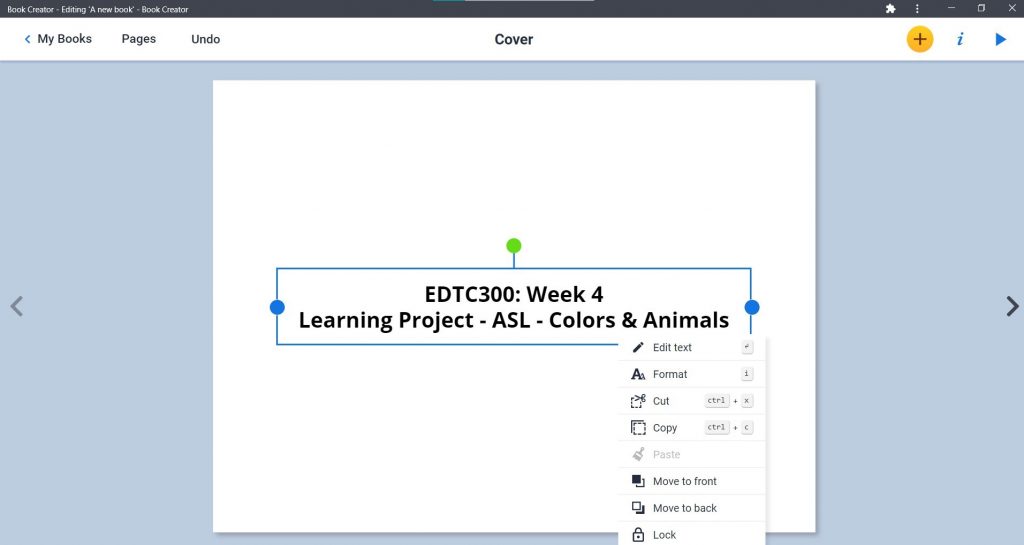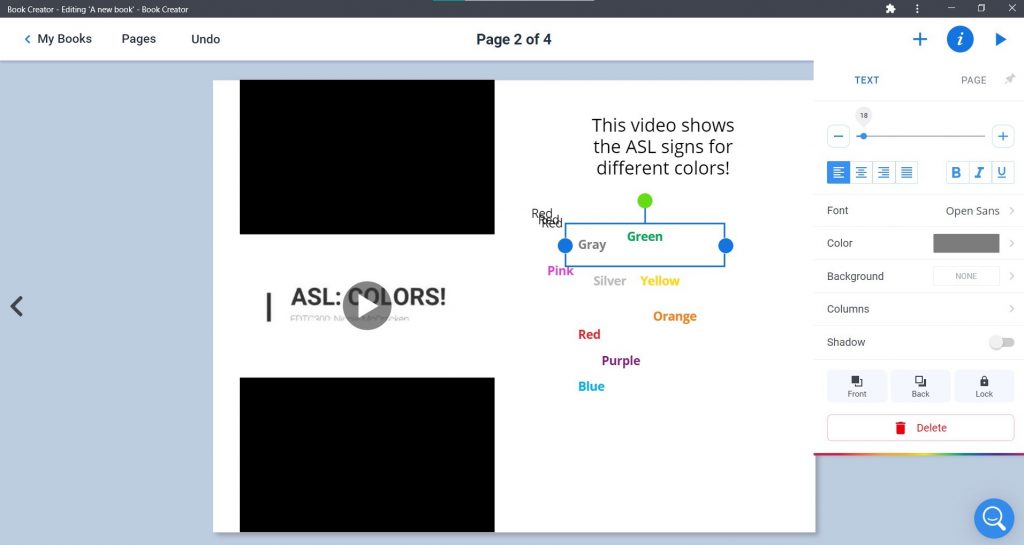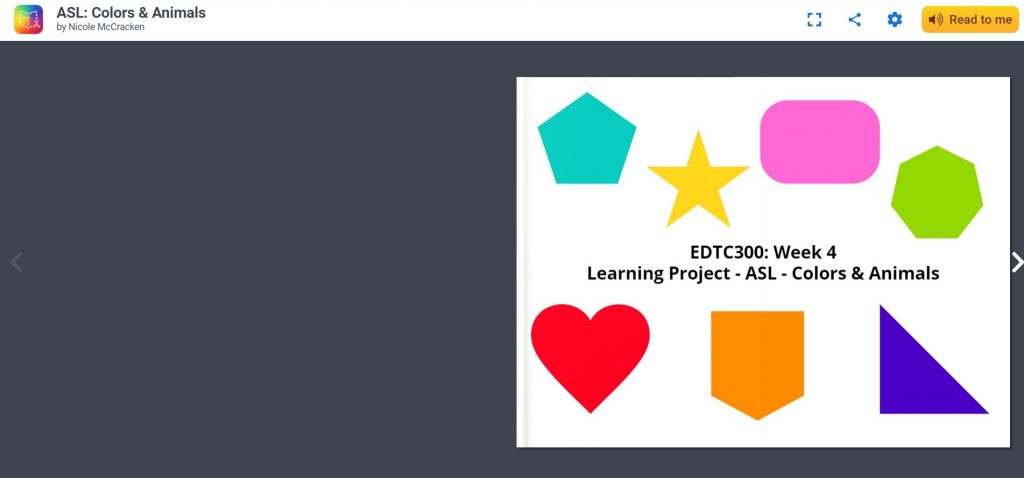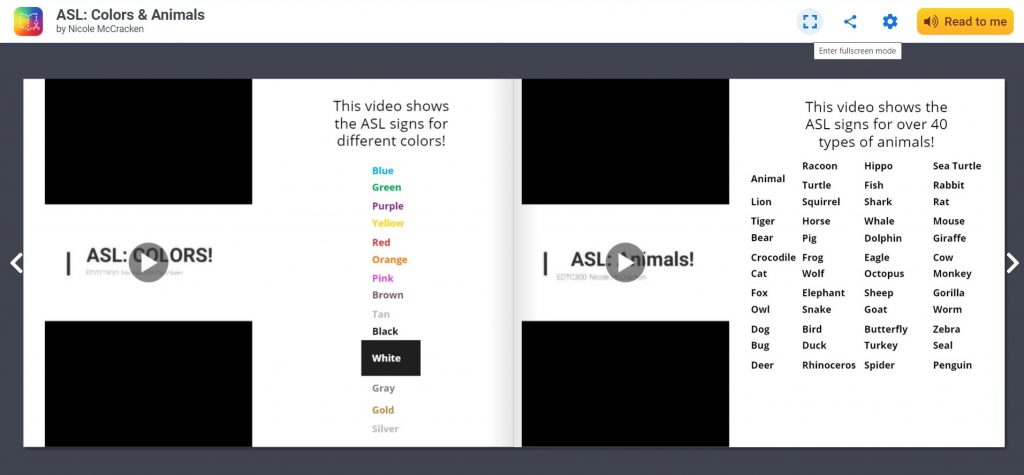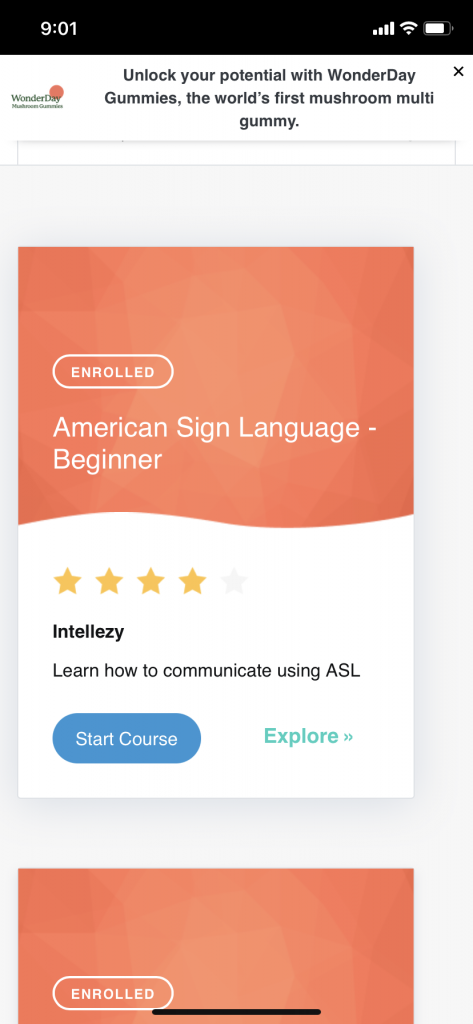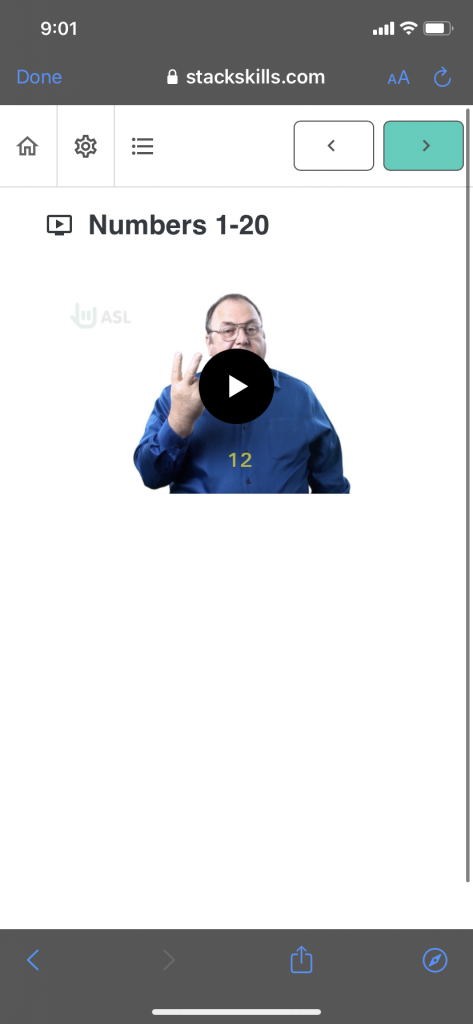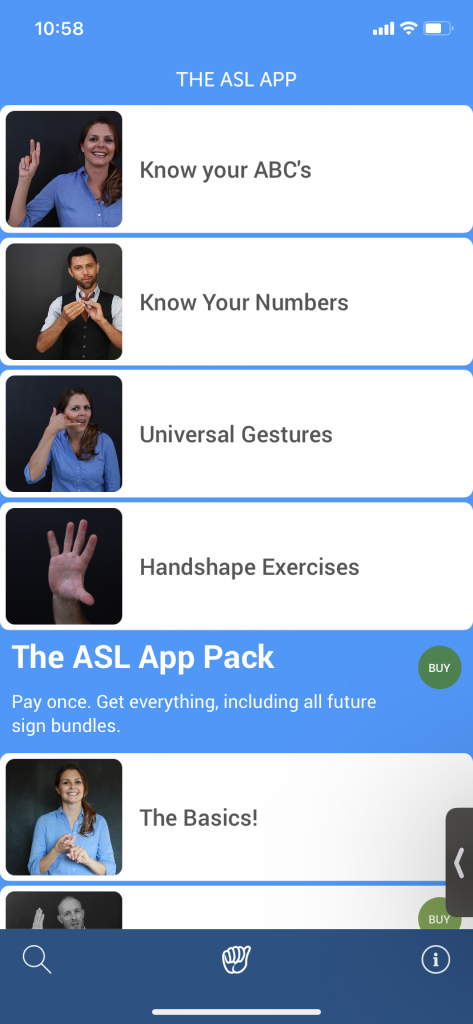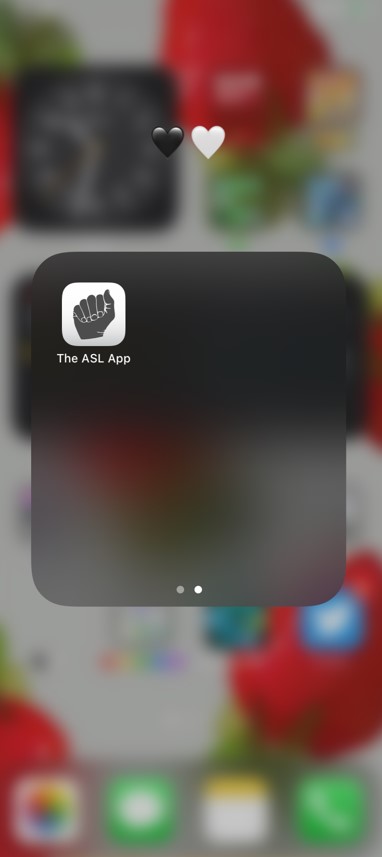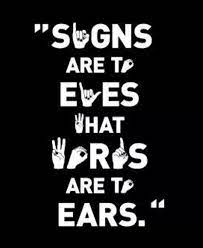What a blur these last few weeks have been! It feels like I just started this EDTC300 class, but now we are in the final stretch.
I greatly enjoyed being able to have the opportunity in this class to be able to take on a new skill and be somewhat forced (in a good way) to practice it consistently. I had wanted to learn ASL for awhile, so it was a great opportunity to be able take it on as a challenge for this class.
Over the last few weeks I learned the ASL (American Sign Language) signs for the alphabet, numbers 1-99, colors, animals, family names, and food. It required a lot of practice and memorization, but I feel like if I can keep practicing the signs every once in awhile, it will hopefully stick.
For my last learning project post, I made a second food part video that contains 26 different food types. Here it is below:
During the last few weeks of our EDTC300 classes, I had been watching a show called Sue Thomas: FB Eye. It is a TV series about the true-life story of an FBI agent who is deaf and uses her ability to lip read to help her bring criminals to justice.
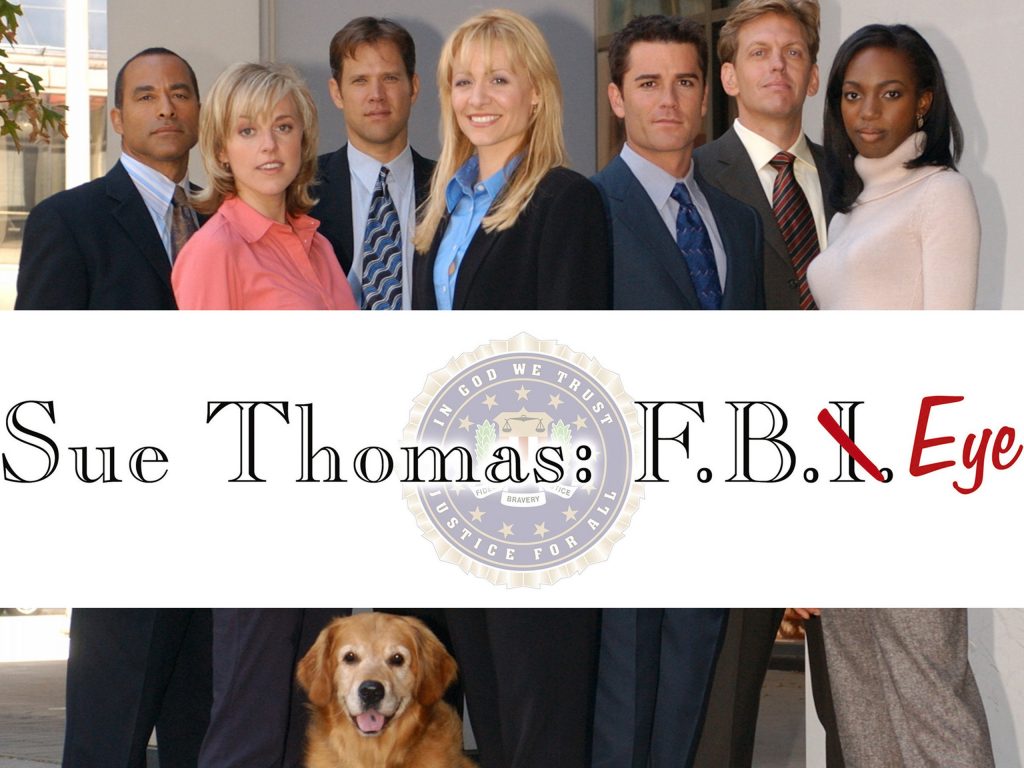
I hadn’t even considered the connection of watching this show with the ASL I had been learning. It was really interesting to get even just a slight bit of an understanding of what life can be like for someone who is deaf. Watching this show gave me some opportunities to try and learn some signs for new words and phrases. It was difficult to understand with how fast the signing took place, but I was able to catch a few words that I had already learned the signs to. I definitely recommend watching this show for anyone who is interested in seeing ASL and lip reading put into action, as well as if you enjoy crime shows.
Rundown of my ASL Learning Experience
Week One:
Blog: ASL: My Process of Learning How to Speak Without Sound
- Shared about my previous ASL experience
- Current plan for learning ASL
- Tool: The ASL App
- Tool: Stack Social
Week Two:
Blog: Intro to Learning ASL – ABC’s
- Learned the Alphabet
- Tool: The ASL App
- Video Progress: Intro to Learning ASL – ABC’s
Week Three:
Blog: ASL: Numbers – Brainpower and Hand Strength Unite!
- Practiced handshape exercises
- Learned numbers 1-30
- Tool: The ASL App
- Tool: Stack Social
- Video Progress: ASL: Numbers 1-30
Week Four:
Blog: ASL: Colors & Animals – My First Digital Book
- Learned signs for colors
- Learned signs for animals
- Tool: Stack Skills
- Tool: Book Creator – ASL: Colors & Animals
- Resource: SAMR
- Video Progress: ASL: COLORS!
- Video Progress: ASL: Animals!
Week Five:
Blog: ASL: Family Names (and hopefully some food for later)
- Learned family names
- Tool: Stack Skills
- Video Progress: ASL: Family Names
Week Six:
Blog: ASL: Food, Sales, and Video Editors
- Learned food names
- Resource: Does it matter which hand I sign with? Using Your Dominant Hand When Signing
- Resource: Right-or left-handedness affects sign language comprehension
- Resource: Left vs. Right Hand – Using Your Dominant hand | ASL – American Sign Language
- Tool: Wondershare Filmora X
- Video Progress: ASL: Food – Part 1
Progress Before and After
Before
- Very little experience with ASL
- Knew some numbers
- Knew some of the alphabet
- Had a little practice with certain words
After
- Can do numbers 1-99
- Can do the alphabet
- Can sign different colors
- Can sign 40ish animal signs
- Can sign 40ish foods
- Can sign for family names
Goals Moving Forward:
- Go over words that I have already learned on a consistent basis (once or twice a month at a minimum)
- Practice using words I have learned and sign them in sentence form
Resources used throughout my process of learning ASL:
Overall, I found blogging about my learning experience to be a little overwhelming and vulnerable, but I found it to be a simple process to be able to present my learnings in a digital way. I don’t think I would make a blog for myself if weren’t an assignment expectation, but I have enjoyed the process when I am one of many in a class doing the same thing. I also really appreciated the class environment where we could all support and encourage each other.
